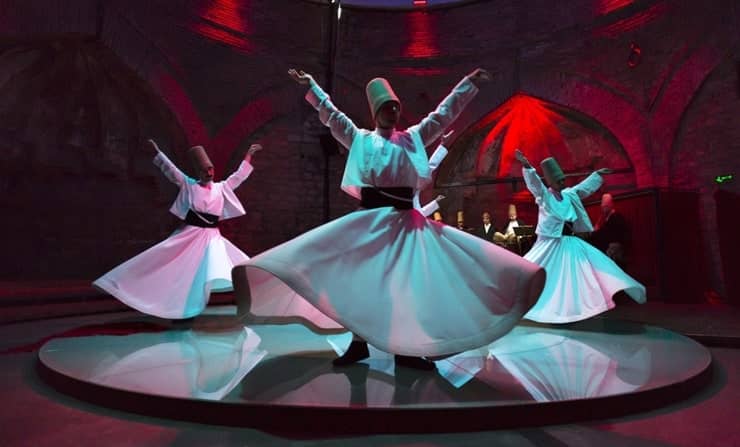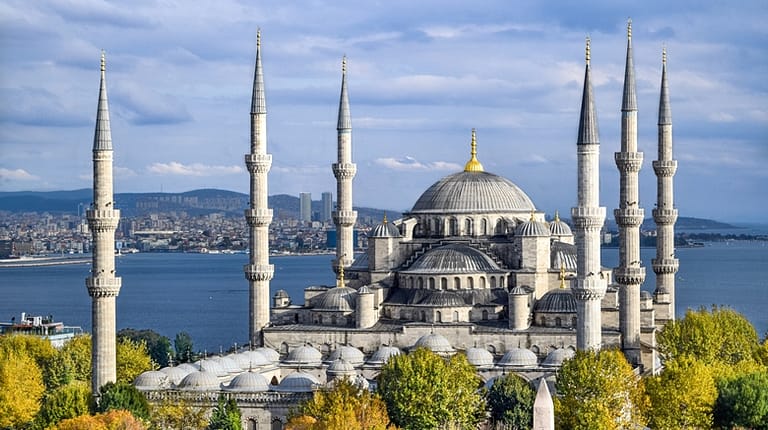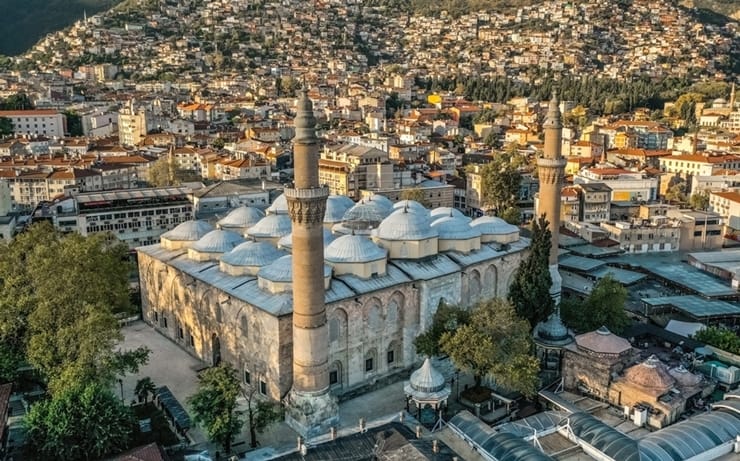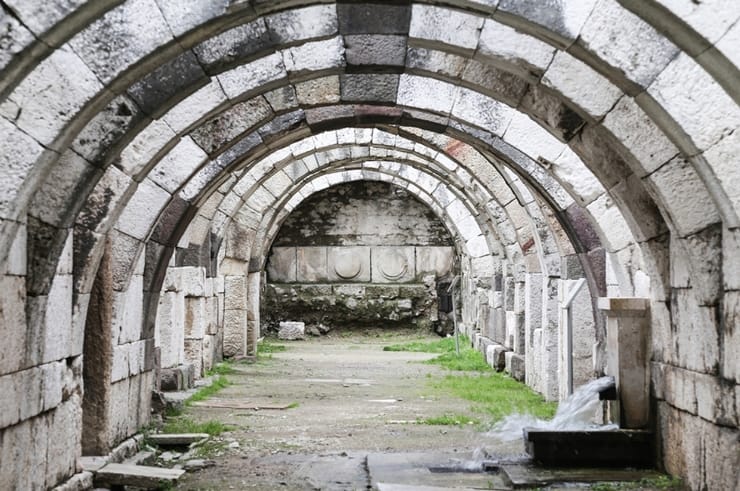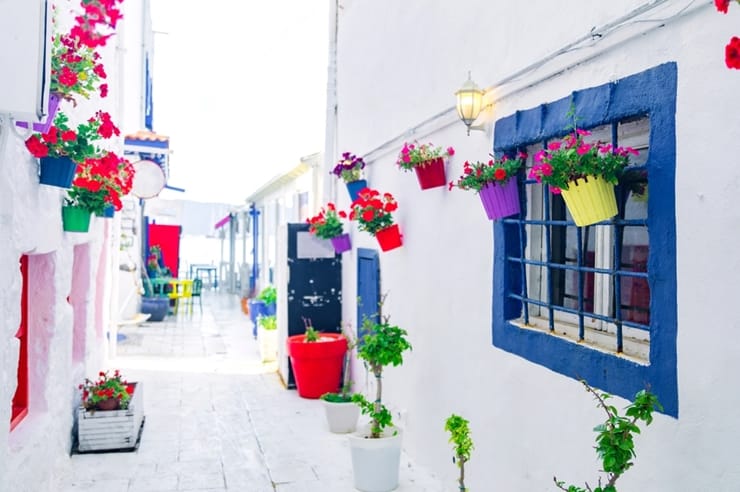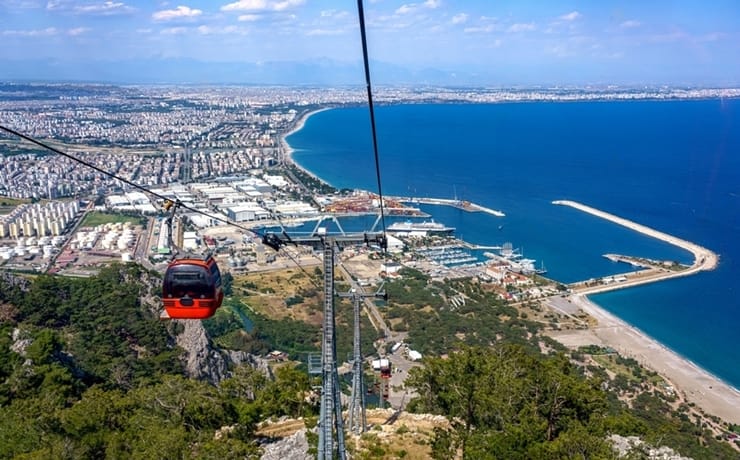The Turkish Sema dance, also known as the “Whirling Dervishes,” is a captivating and mesmerizing form of spiritual expression deeply rooted in the Sufi tradition. This sacred dance holds profound significance, symbolizing a mystical journey towards spiritual enlightenment and unity with the divine.
Origins and History
The origins of the Turkish Sema dance can be traced back to the 13th century when Mevlana Jalaluddin Rumi, a Persian poet, Islamic jurist, and theologian, founded the Mevlevi order of Sufism. Rumi’s profound spiritual teachings and poetry emphasized love, tolerance, and the quest for a deeper connection with God. The Sema dance was later developed as a physical embodiment of these teachings.
The word “sema” is of Arabic origin and translates to “listening” or “hearing.” In the context of the dance, it conveys the idea of spiritual listening, engaging in a divine conversation, and achieving a state of spiritual transcendence.
Symbolism and Ritual
The Sema dance is a choreographed ritual that takes place in a sacred setting, often accompanied by traditional music and chanting. The participants, known as “whirling dervishes,” don distinctive white robes and tall hats (sikke). The white attire symbolizes purity and spiritual ascension.
The dance involves a specific spinning motion, with the dervishes rotating in a counterclockwise direction. Each element of the dance, including the spinning, the positioning of the arms, and the footwork, holds symbolic meaning. The spinning represents the celestial journey of the soul, mimicking the planets’ movements as they orbit the sun.
The Dance of Spiritual Ascent
The spinning motion in the Sema dance is not merely a display of physical prowess but a symbolic journey of spiritual ascent. The dervishes strive to transcend their ego, worldly concerns, and attachments, aiming to attain a state of spiritual harmony and enlightenment. The constant rotation signifies the soul’s quest for unity with the divine and its pursuit of closeness to God.
The accompanying music and chanting intensify the spiritual experience, enveloping both the performers and the audience in an atmosphere of reverence and contemplation. The dance is a form of meditation, allowing participants to achieve a state of mindfulness and heightened spiritual awareness.
Preservation and Cultural Significance
In 2008, UNESCO proclaimed the Mevlevi Sema ceremony as part of the Masterpieces of the Oral and Intangible Heritage of Humanity, recognizing its cultural and spiritual importance. This acknowledgment has helped in the preservation and promotion of the Turkish Sema dance, ensuring its legacy continues to thrive and inspire generations to come.
The Turkish Sema dance stands as a timeless testament to the beauty of spiritual expression through art. It invites us to contemplate the profound wisdom within the whirling motion and serves as a reminder of the universal journey towards inner peace, unity, and the divine.
